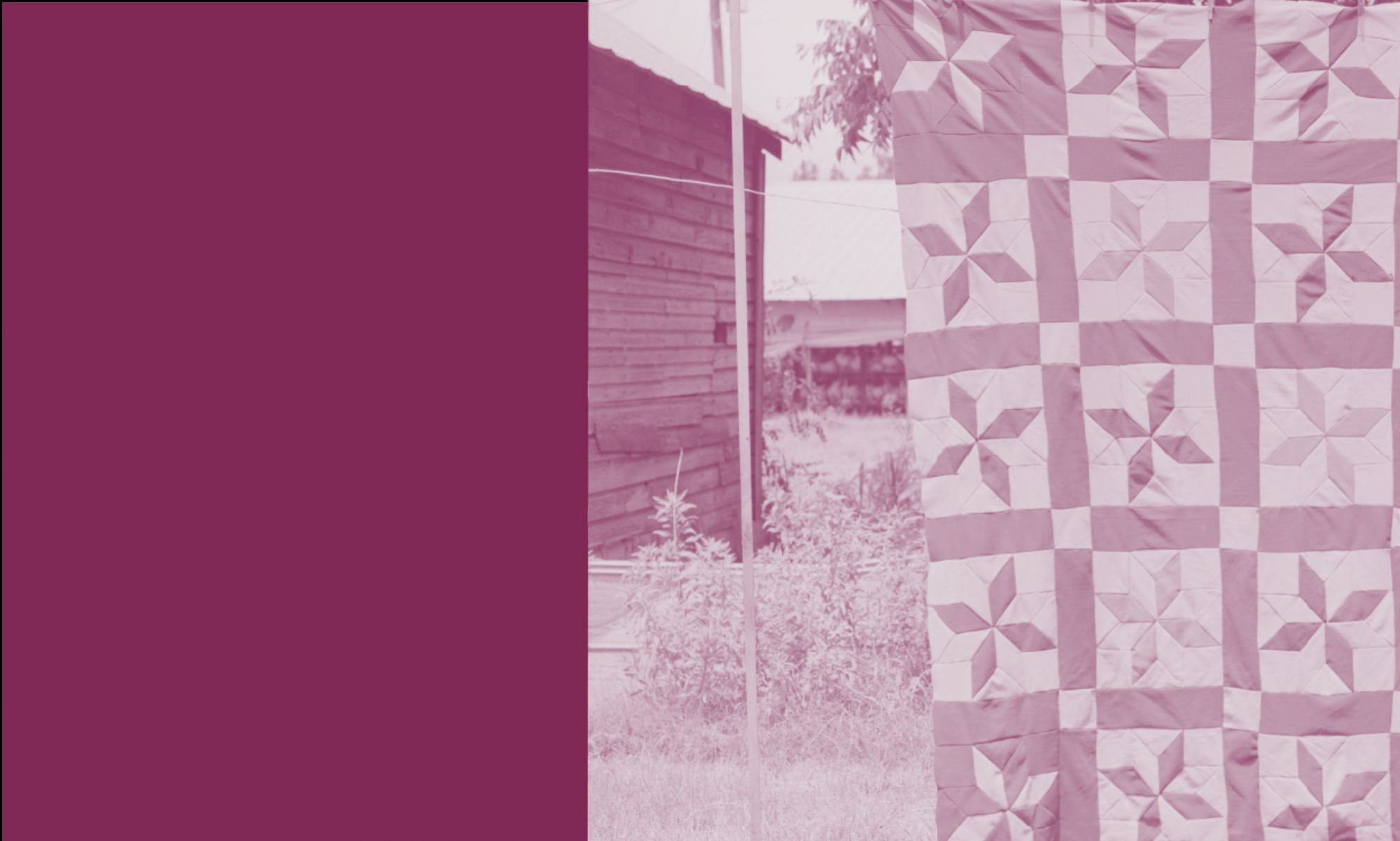The Digital Public Library of America (DPLA) is in the process of starting up new groups to facilitate the exploration of topics that are important to the DPLA community.
These groups are:
- Archival Description Working Group: The Archival Description Working Group is composed of representatives from DPLA Partner institutions as well as national-level experts in digital object description and discovery. The group will explore solutions to support both item-level and aggregate-level approaches to digital object description and access and will develop recommendations, data models, and tools as appropriate.
- eBooks Work Group: The purpose of this group is to hold focused conversations about developing a framework for a national ebook strategy. Topics include: User stories; Scoping tools/Challenges relating to content types; Defining the national marketplace; Licensing Best Practices Workgroup; and Demonstration Projects.
- Education: The purpose of this group is to share news and announcements about DPLA’s education projects.
- Hydra-in-a-box: DPLA, Stanford University and DuraSpace are partnering to extend the existing Hydra project codebase and its vibrant and growing community to build, bundle, and promote a feature-rich, robust, flexible digital repository that is easy to install, configure, and maintain. This next-generation repository solution — “Hydra in a Box” — will work for institutions large and small, incorporating the capabilities and affordances to support networked resources and services in a shared, sustainable, national platform. The overall intent is to develop a digital collections platform that is not just “on the web,” but “of the web.”
- Open eBooks: Open eBooks is an app containing thousands of popular and award-winning titles that are free for unlimited use by low-income students. These eBooks can be read in an unlimited fashion, without checkouts or holds. Children from low-income areas can access these eBooks, which include some of the most popular works of the present and past, and read as many as they like without incurring any costs. We believe access to these books will serve as a gateway to even more reading, whether at libraries, bookstores, or through other ebook reading apps. Open eBooks is a partnership between Digital Public Library of America, New York Public Library, and First Book, with support from Baker & Taylor.
To sign up for any of these groups, go to http://dp.la/info/get-involved/groups/
DPLA is also sponsoring a new series of public workshops that will begin in October. These workshops will cover subjects central to the DPLA community, such as education, metadata, and copyright.
These workshops are:
- Using DPLA for Teaching and Learning (November 3, 2015, 7pm Eastern): In this workshop, DPLA staff and members of the DPLA’s Education Advisory Committee will demonstrate how participants can use DPLA’s search capabilities, primary source sets, and exhibitions in instruction. You can sign up for the workshop here.
- What is an API? ( to be held in Winter 2016). To receive updates on this workshop, sign up for DPLA’s news list
- Copyright basics (1 of 2) (to be held in Spring 2016). To receive updates on this workshop, sign up for DPLA’s news list
- How to Create Good Rights and Access Statements (2 of 2) (to be held in Spring 2016). To receive updates on this workshop, sign up for DPLA’s news list
For more information on DPLA’s new groups and workshops, see their press release.

